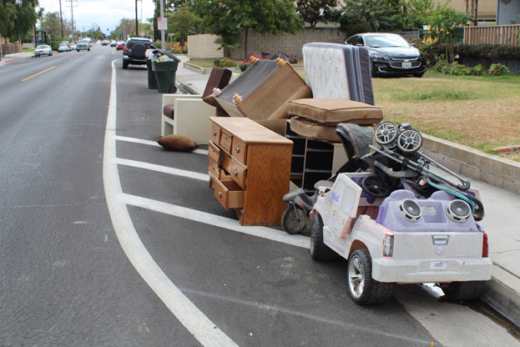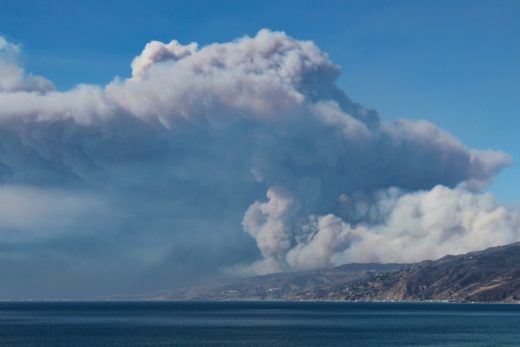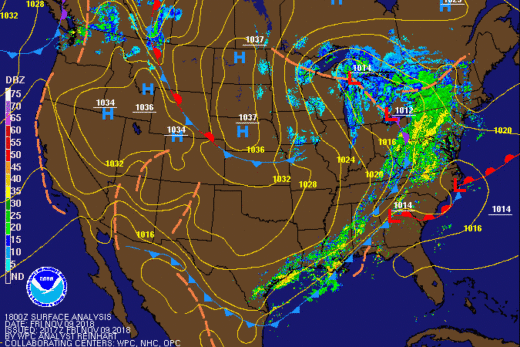Continue southeast on 2nd and then turn left (north) on Alameda and continue for a few blocks while you cross the 101 Freeway.
Stop #11: Olvera Street (845 N. Alameda St.) on the left and Union Station (800 N. Alameda St.) on the right:
Around Olvera Street (El Pueblo Historical Monument and La Placita), you will find historical landmarks that celebrate “the Spanish birthplace of Los Angeles”, though the Tongva Native Americans thrived here for many centuries before that. El Pueblo de Los Angeles was “born” when up to 14 Mexican families (from “New Spain” to the south) settled here in 1781, following orders from the King of Spain. Its official name is descriptive: “El Pueblo de Nuestra Señora la Reina de los Ángeles de Porciúncula”, which translates to “The Town of Our Lady the Queen of the Angels of Porciúncula”. The city grew around and away from this site that became part of Mexico after 1822, and the U.S. in the late 1840s. Time took its toll and by the 1920s, many of these failing structures were to be demolished. History buffs (such as Christine Sterling) came to the rescue and saved the old landmarks, eventually leading to the creation of this 44-acre El Pueblo Historic Park with its 27 historic buildings.

L.A.’s first firehouse, church, and theater were built around the plaza. Visit the oldest remaining house in L.A., the Avila Adobe, built in 1818, when vineyards and other farmlands served as backdrop. Note the Pico House, built by the former (1832 and 1845-1846) Mexican Governor of California, Pio Pico. It was completed in 1870 as one of the most extravagant hotels in California, with its indoor plumbing, gas lighting, and Italianate Victorian architecture that looked over Los Angeles Plaza. As you pass through today’s colorful outdoor Mexican marketplace with its shops, souvenirs, and Mexican-style restaurants, you might be lucky to catch some mariachi music or traditional Mexican folk dancers or one of the colorful festivals that frequent the plaza.

Look for Union Station across the street, another iconic L.A. landmark. You can’t miss this blast from L.A.’s transportation past that has appeared in countless films. It has been rejuvenated by a 21st Century L.A. that is building impressive new public transportation options around an extensive, booming rail system. This is the system’s anchor. Built in 1939 with its Mission Moderne style architecture (Spanish Colonial, Mission Revival, and Art Deco), it was originally intended to bring three local railroad terminals together.
Today, Union Station is also home to current cultural events that feature L.A. art and entertainment. You will see why it is advertised as “the last of the great train stations” when you walk in the door. It screams out a “Welcome to California.” Countless stories have been told by the incredible diversity of people that landed in this historic masterpiece for a visit and then decided to make southern California their home. Some of them brought the very recipes we enjoy during this tour.








We are reminded that a diverse mix of cultures, including Mexican, French. Anglo, and Chinese families, settled in the old Pueblo and around the Plaza in the 1800s. During this period, Italian immigrants were drawn to the Mediterranean environments here, practicing agriculture, viticulture, and establishing wineries around “Calle de la Vignes” before it became Olvera Street. In 1908, a community center named “Italian Hall” was completed to celebrate and support this culture. They also connected to the thousands of Italian fishermen who settled in San Pedro. But the Italian community spread across L.A. and scattered throughout California during the 20th Century, leaving only memories of what could have been labelled L.A.’s historic “Little Italy” here. Efforts to acknowledge this past were more recently established at the nearby Italian American Museum of Los Angeles on Main Street, in the old Italian Hall building. Today’s dispersed Italian population in L.A. is about the 5th largest in the U.S. You might recognize this legacy on L.A. street signs (Bruno, Lanfranco, Sotello) and in southern California school and community names, such as Montebello. And though we won’t pick one for you on this tour, you will find quality Italian cuisine in nearly every southern California neighborhood, from chain restaurants to local family-owned gems. One of the most famous California Italian immigrants is featured in our last stop.







